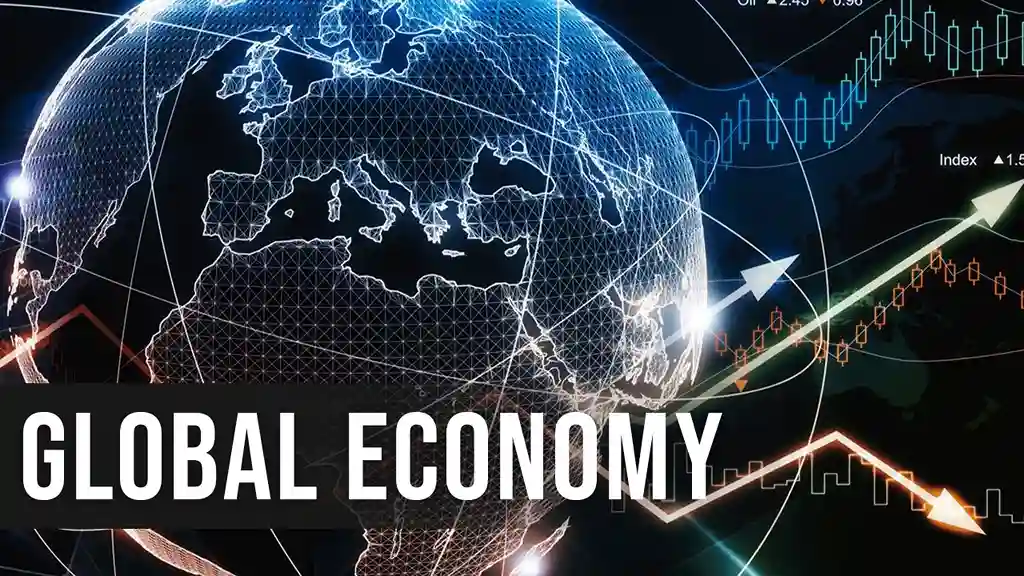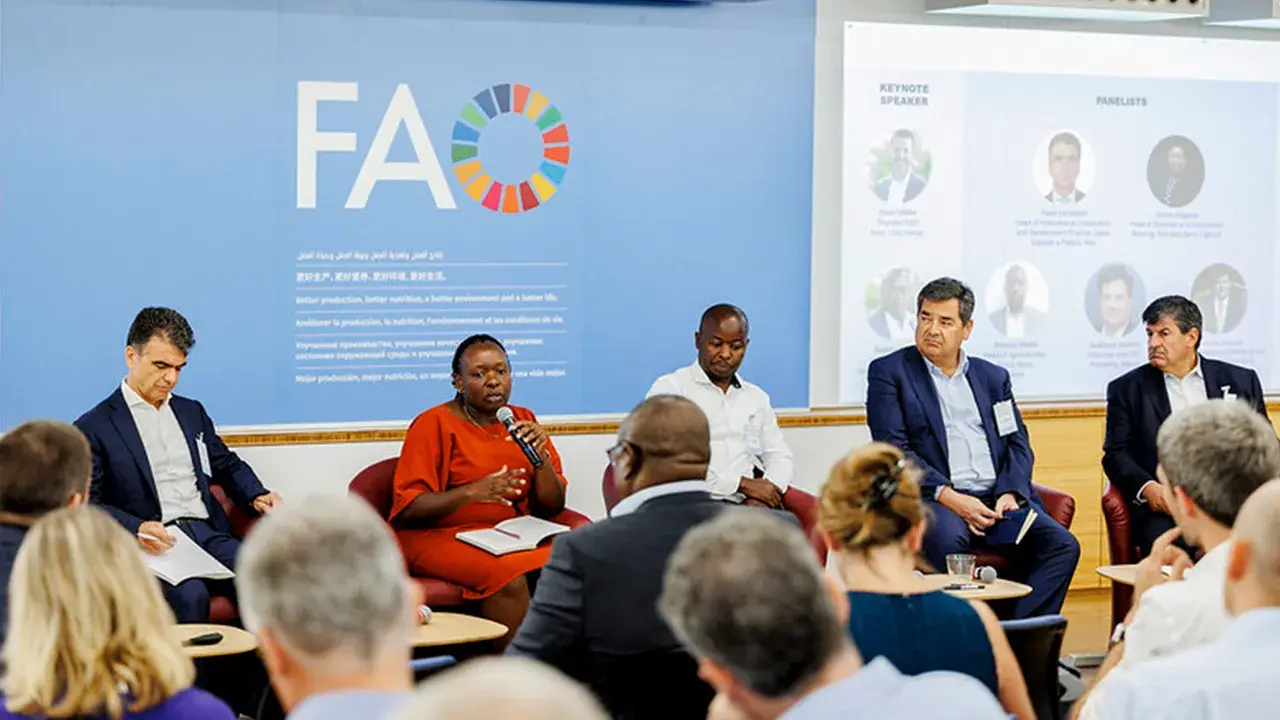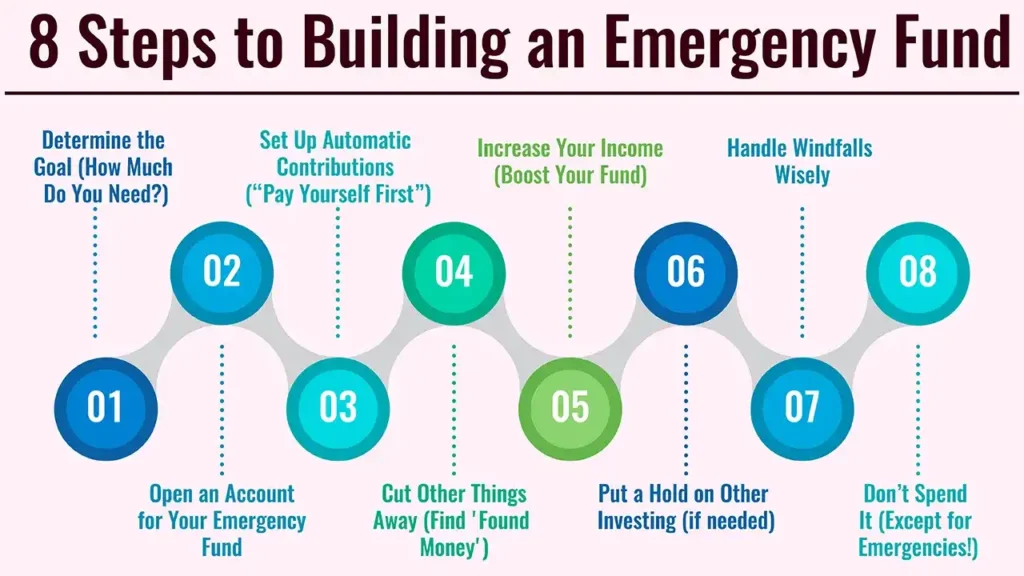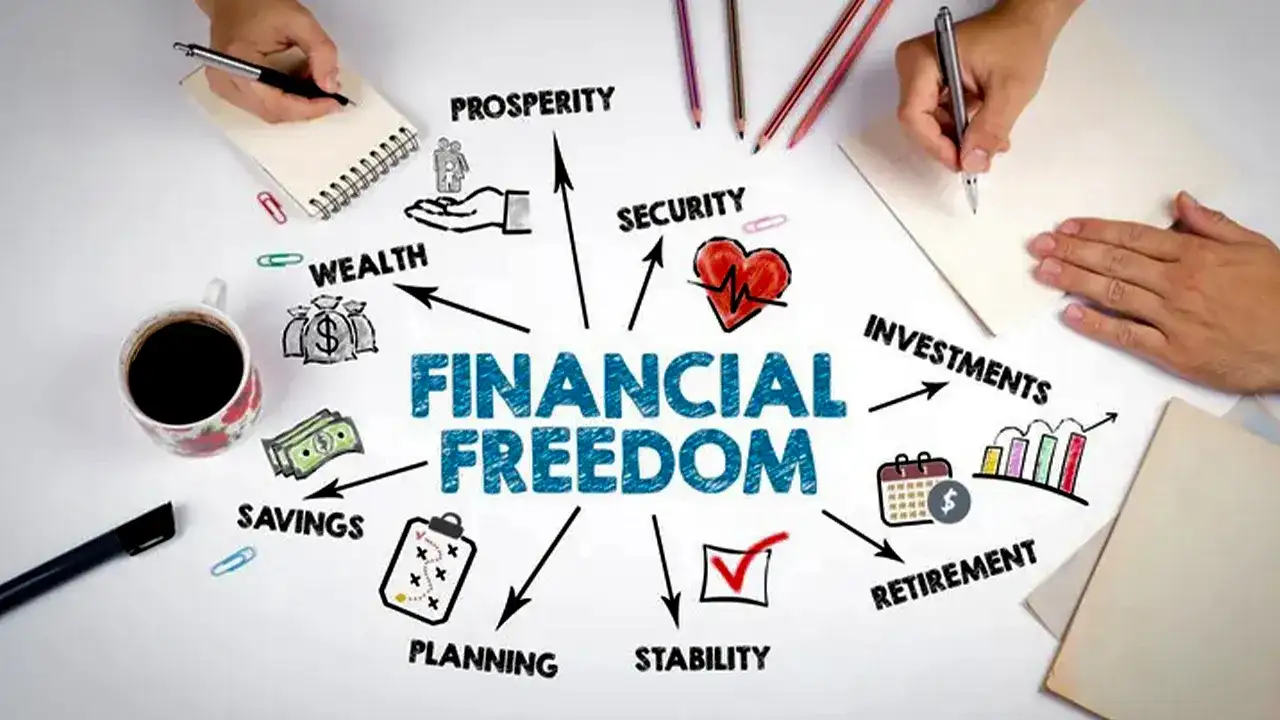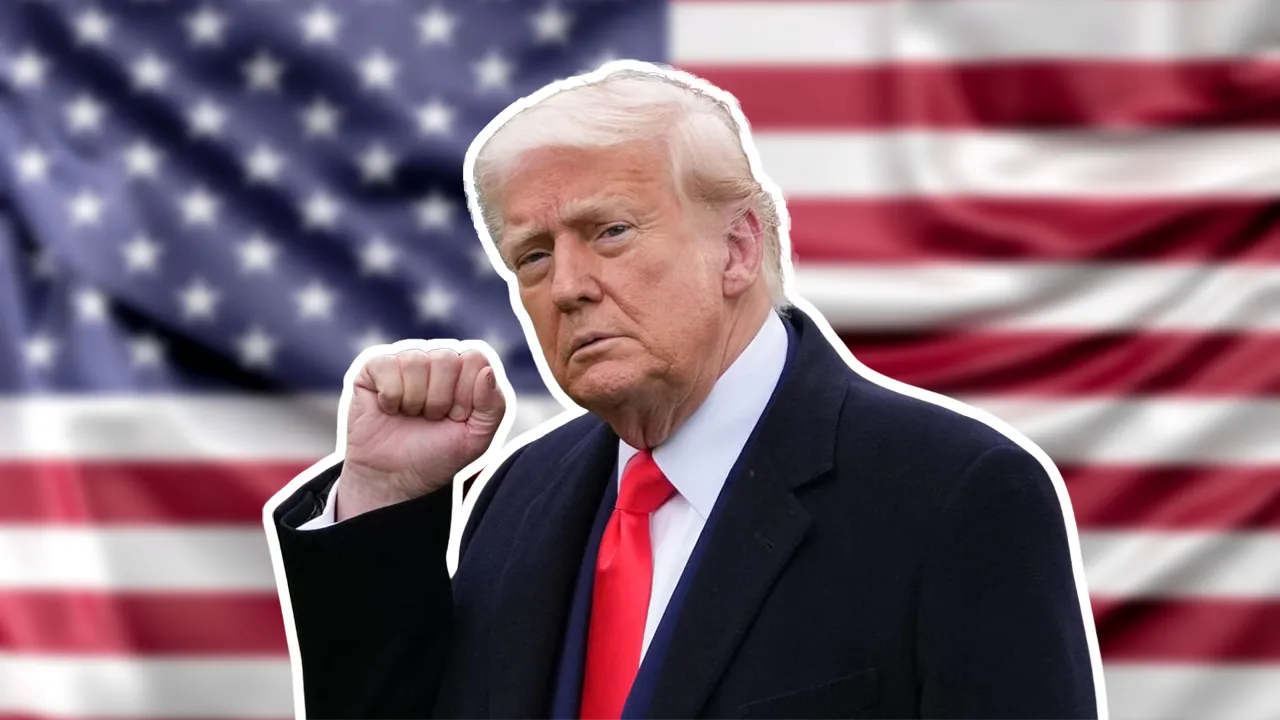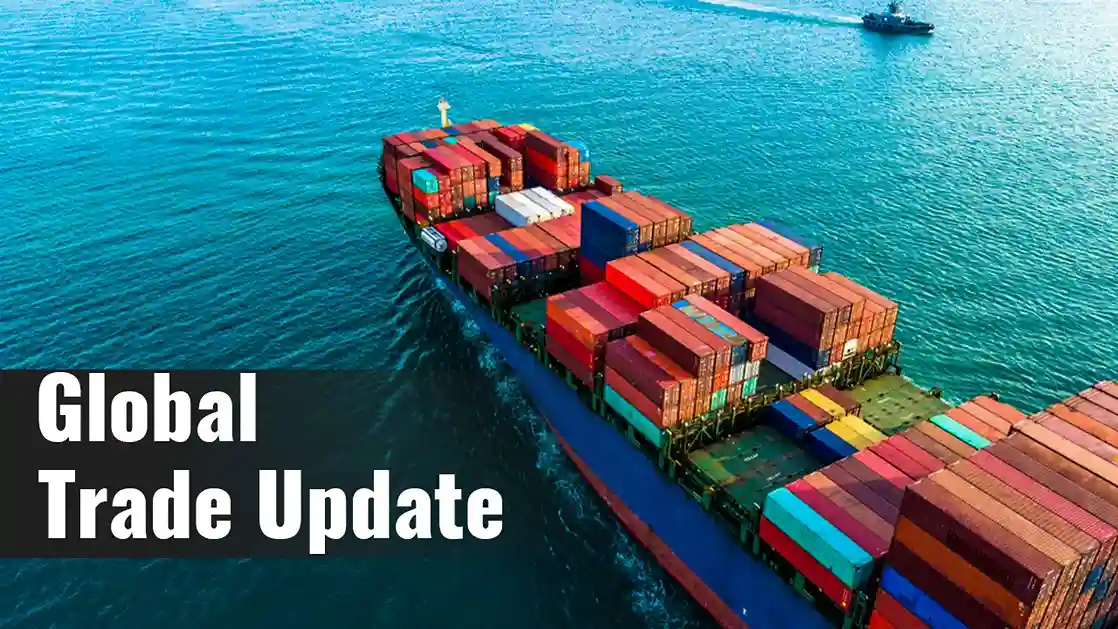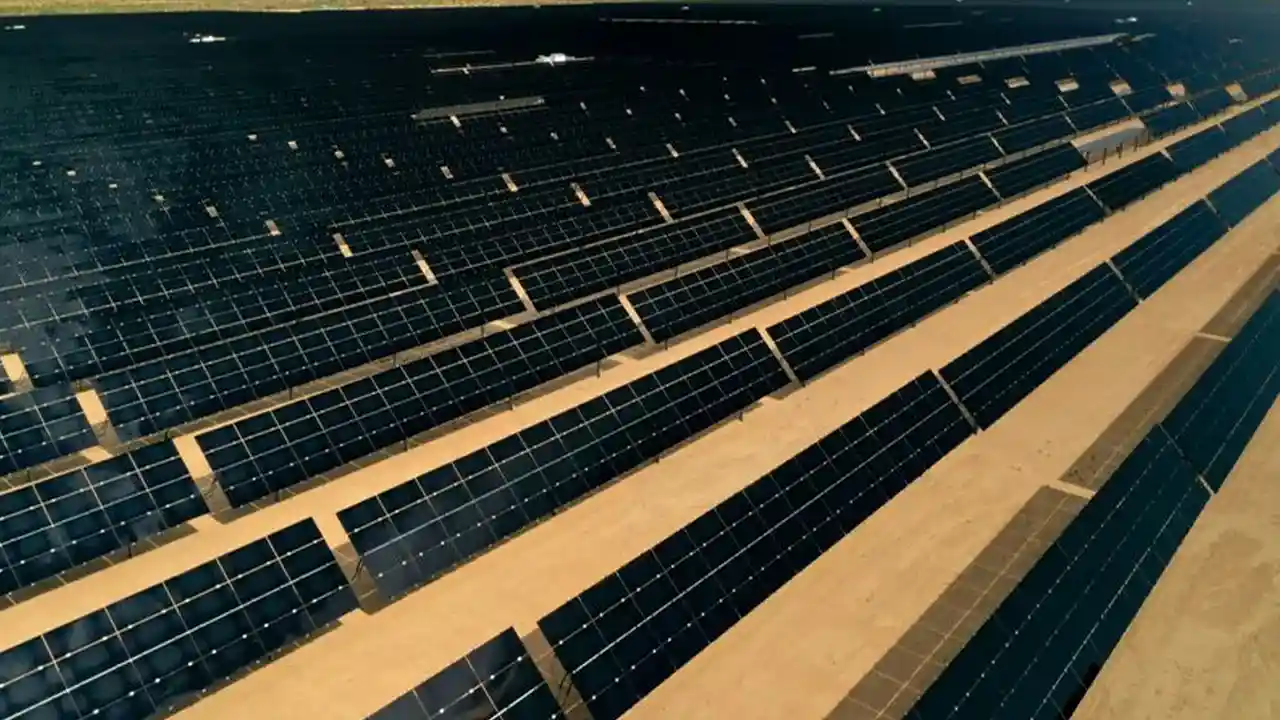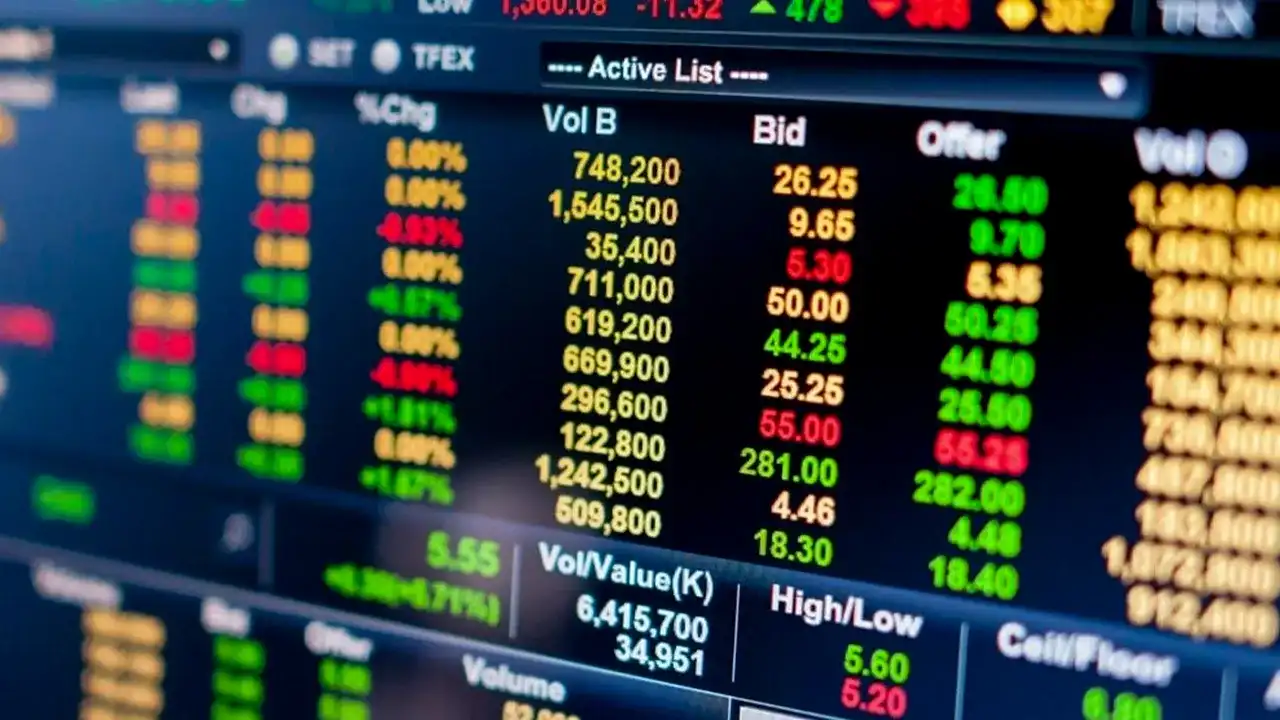The United Arab Emirates (UAE) has been removed from the European Union’s list of problematic states in terms of its financial regime for money laundering and terrorist financing (AML/CFT).
This long-awaited removal, officially approved by the European Parliament on July 10, 2025, is further proof of the strong commitment of the EU toward the UAE’s efforts regarding fighting financial crimes and its adoption of international standards.
A Comprehensive Turnaround
The move follows a year of scrutiny and a raft of reforms carried out by the UAE. The country was originally put on the grey list of the Financial Action Task Force (FATF) in 2022, which subsequently led the EU to place the UAE itself on its list of high-risk states in March 2023. These classifications subjected EU financial institutions working with Emirati entities to higher due diligence levels that made transactions slower, costlier and damaging for reputations.
The UAE reacted strongly and quickly, however. The country undertook a comprehensive revision of its AML/CFT regime under the instructions of leadership.
This included various legislation, new regulations, substantial fines against non-compliant parties, and stepping up enforcement in high-risk sectors, including real estate, gold and precious metals, and corporate services providers.
These proactive initiatives led the FATF to remove the UAE from its grey list in September 2024, noting “significant progress” in several compliance-specific areas.
Tangible Benefits for European Business
For the EU, the decision to delist matters not only symbolically, but also in concrete and practical terms for European businesses and investors. EU banks and companies will also be able to stop carrying out additional due diligence on Emirati clients and transactions.
These cuts in red tape will result in fewer compliance costs, shorter timeframes for the transaction, and improved movement of capital between the jurisdictions. The shift is likely to restore a great deal of market confidence for overseas investors, particularly in banking, fintech and property.
With the move, the profile of the UAE as a secure and transparent place for foreign direct investment will be elevated yet further. This comes as good news for businesses planning to set up in the UAE that are looking at smoother sailing with less red tape to navigate.
Creating Opportunities for More Fulfilling Relationships
Outside of finance, the delisting will also help lift trade negotiations between the EU and the UAE. The UAE’s earlier listing on the high-risk register had complicated discussions about a bilateral free trade agreement.
Its withdrawal leaves more room for extreme conservatives to have a deeper discussion on macro policy, including energy, AI, digital services, raw materials and other strategic sectors, so as to further strengthen economic cooperation and wrapped development.
As Minister Al Sayegh said, “We are thrilled to unlock the full potential that exists between the UAE and the EU as we build toward an even closer constructive relationship, with greater prosperity and collective security for our regions and nations.”
Continued Vigilance
As the UAE marks this major achievement, it has not lost sight of the fact that it will not be easy to uphold a strong AML/CFT framework. The jurisdiction remains steadfast in its ongoing development of its protections to combat the progression of threats, such as those involving virtual assets and multi-jurisdictional money laundering.
This delisting reflects the UAE’s commitment toward safeguarding the global financial system against such risks, as well as demonstrating the country as a secure and dependable partner for international exchanges.


